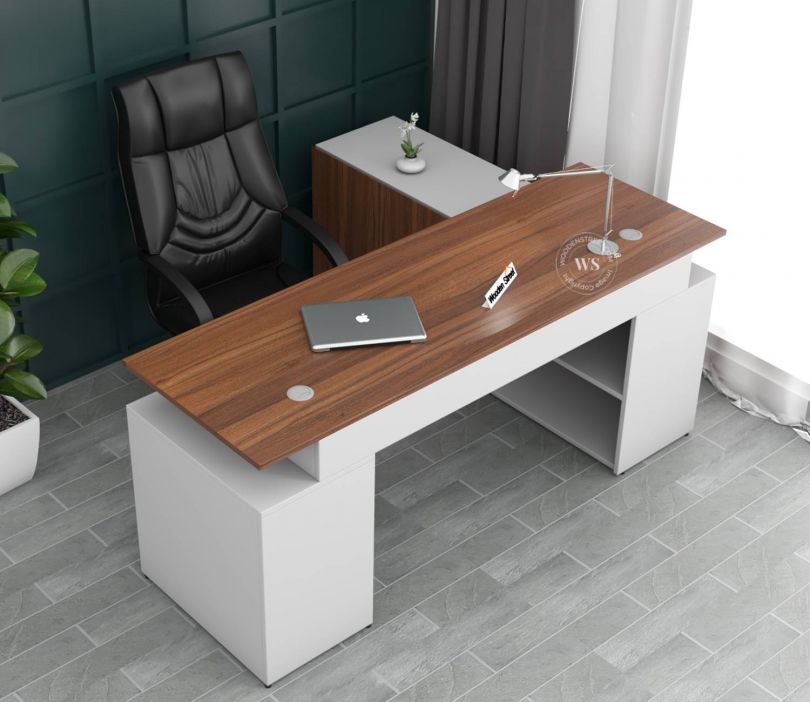In today’s ever-evolving surgical environment, flexibility, efficiency, and innovation are paramount. With healthcare systems under increasing pressure to deliver better outcomes while minimizing costs and accommodating a wide array of surgical specialties, one critical piece of the operating room (OR) is undergoing a transformation: the surgical table. Modular OR tables are rapidly emerging as the future of multi-specialty surgical suites, offering unprecedented adaptability and efficiency that traditional fixed tables cannot match.
This article explores how modular OR tables are revolutionizing surgical workflows, enhancing patient safety, and future-proofing surgical investments.
The Limitations of Traditional OR Tables
Conventional OR tables, while effective in single-specialty environments, often fall short in high-demand, multi-specialty hospitals and ambulatory surgical centers. These older systems are typically:
- Fixed in design with limited movement or adjustability
- Specialty-specific, requiring different tables for orthopedic, neurological, and general surgeries
- Costly to maintain, with multiple redundant systems
- Cumbersome to reconfigure, leading to longer turnover times between procedures
Such limitations hinder surgical teams that need seamless transitions across disciplines—from cardiac to bariatric surgery—in the same operating room environment.
What Are Modular OR Tables?
Modular OR tables are advanced surgical platforms designed with interchangeable components — such as tabletops, attachments, and base systems — that allow customization to a wide range of procedures and patient needs.
These tables consist of three core elements:
- A universal base — the foundation equipped with mobility, power systems, and height/tilt adjustment capabilities.
- Specialized modular tops — swappable surfaces tailored for different surgical disciplines like urology, neurosurgery, or orthopedic trauma.
- Accessory components — headrests, leg supports, traction devices, and imaging-compatible sections that can be attached as needed.
This modularity allows surgical teams to quickly reconfigure the table for various procedures, significantly reducing downtime and increasing OR throughput.
Benefits of Modular OR Tables
1. Multi-Specialty Versatility
Perhaps the most important advantage is the ability of modular OR tables to accommodate a wide range of surgical specialties in a single OR suite. This versatility is crucial for:
- Ambulatory surgical centers handling diverse caseloads
- Hospitals with hybrid ORs integrating multiple specialties
- Emergency settings requiring rapid transitions between procedures
Instead of investing in multiple specialty tables, facilities can streamline operations with a single modular system that supports diverse needs.
2. Improved Workflow and Turnover Times
Swapping out a tabletop for the next procedure is significantly faster than dismantling and repositioning an entire table. For instance, after a spine surgery, the neuro-specific tabletop can be replaced with a general surgical top in under five minutes, allowing the next patient to be prepped without delay.
This leads to:
- Reduced OR idle time
- Increased patient throughput
- Better scheduling efficiency
3. Enhanced Ergonomics and Safety
Modular OR tables are often equipped with motorized controls, intelligent positioning systems, and radiolucent materials. These features improve both surgeon ergonomics and patient safety by:
- Allowing precise positioning for optimal surgical access
- Minimizing manual lifting or repositioning risks
- Enabling real-time imaging during procedures (e.g., fluoroscopy or 3D navigation)
4. Cost-Effectiveness
Though the upfront investment in modular OR tables may be higher, the long-term savings are substantial. Facilities can:
- Reduce the number of specialty tables needed
- Lower maintenance and repair costs
- Avoid delays or cancellations due to equipment incompatibility
- Make upgrades more affordable by replacing only modular components instead of entire systems
Technology Integration and Smart OR Capabilities
Many modern modular OR tables are designed to support digital OR ecosystems, including:
- Pre-programmable positions for different procedures or surgeons
- Integration with robotic surgical systems (e.g., Da Vinci, MAKO)
- Smart alerts and diagnostics to enhance maintenance and uptime
- Touchscreen controls with voice activation for hands-free adjustments
These capabilities improve intraoperative efficiency and support data collection and performance analytics, aligning with the trend toward more intelligent, connected operating rooms.
Case Studies: Real-World Impact
1. Large Urban Hospital
A Level I trauma center implemented modular OR tables across its 10 surgical suites. Within six months, they reported:
- A 17% increase in surgical case volume
- 35 minutes saved in average daily turnover time
- Enhanced surgeon satisfaction across orthopedic, vascular, and urology departments
2. Ambulatory Surgical Center (ASC)
An ASC serving rural populations integrated modular OR tables to support orthopedics, ENT, and general surgery. As a result:
- They eliminated the need for three separate tables
- Staff training was streamlined with a single interface
- ROI was achieved within 18 months through higher utilization rates and reduced capital equipment costs
Customization and Future-Proofing
The healthcare industry is increasingly moving toward personalized surgical environments, where modularity plays a key role. With advancements in materials, sensor technologies, and design, modular OR tables are becoming:
- More lightweight yet durable, with carbon-fiber and aluminum alloys
- Scalable, allowing hospitals to start small and expand their table systems over time
- Compatible with hybrid and mobile OR setups, ideal for disaster response or field surgery units
Furthermore, manufacturers are designing future-ready tables with AI-driven movement precision, predictive maintenance, and plug-and-play modularity that adapts to both current and emerging surgical technologies.
Environmental and Operational Sustainability
Sustainability is now a key pillar in OR planning, and modular OR tables contribute positively by:
- Reducing material waste, since only damaged components (not entire tables) need replacement
- Extending lifecycle through upgradable parts
- Supporting lower energy consumption with smart power systems
Hospitals aiming to meet green certification standards or minimize carbon footprints will find modular OR tables aligned with their environmental goals.
Investing in the Future
The future of surgical care demands agility — in people, in protocols, and in the tools used within the operating room. Modular OR tables provide a foundational element in this transformation by offering a configurable, cost-effective, and intelligent solution that meets the needs of modern multi-specialty surgical environments.
Facilities that adopt these systems are not only investing in better patient outcomes but are also empowering their teams with the flexibility and efficiency necessary to thrive in a fast-changing healthcare landscape.
In conclusion, as technology continues to blur the lines between surgical disciplines, modular OR tables are at the forefront of this evolution—a smart, strategic, and sustainable choice for surgical excellence.






